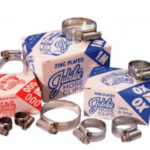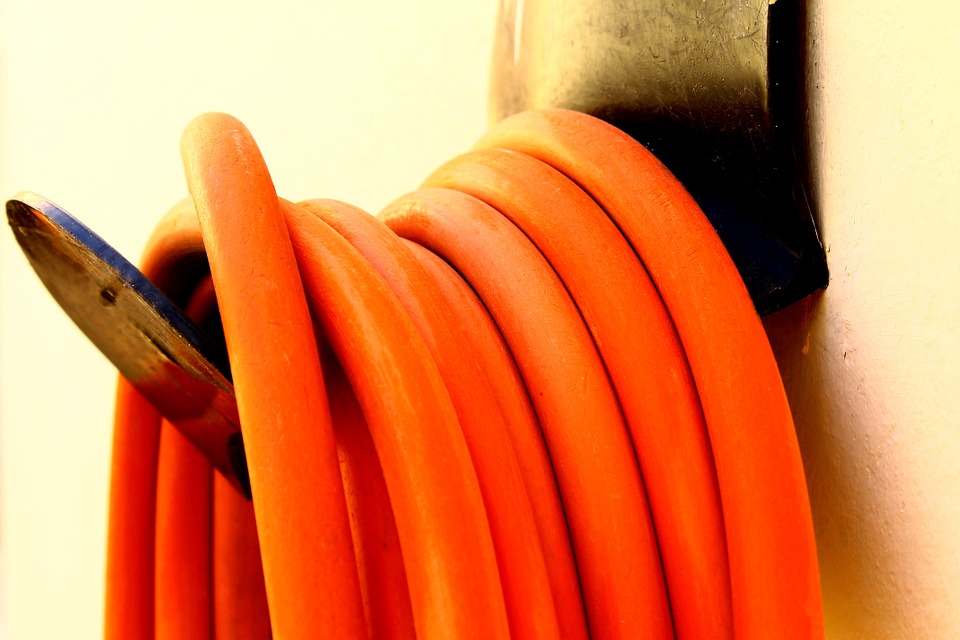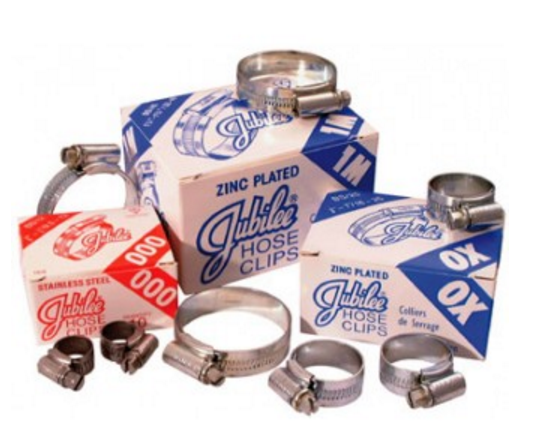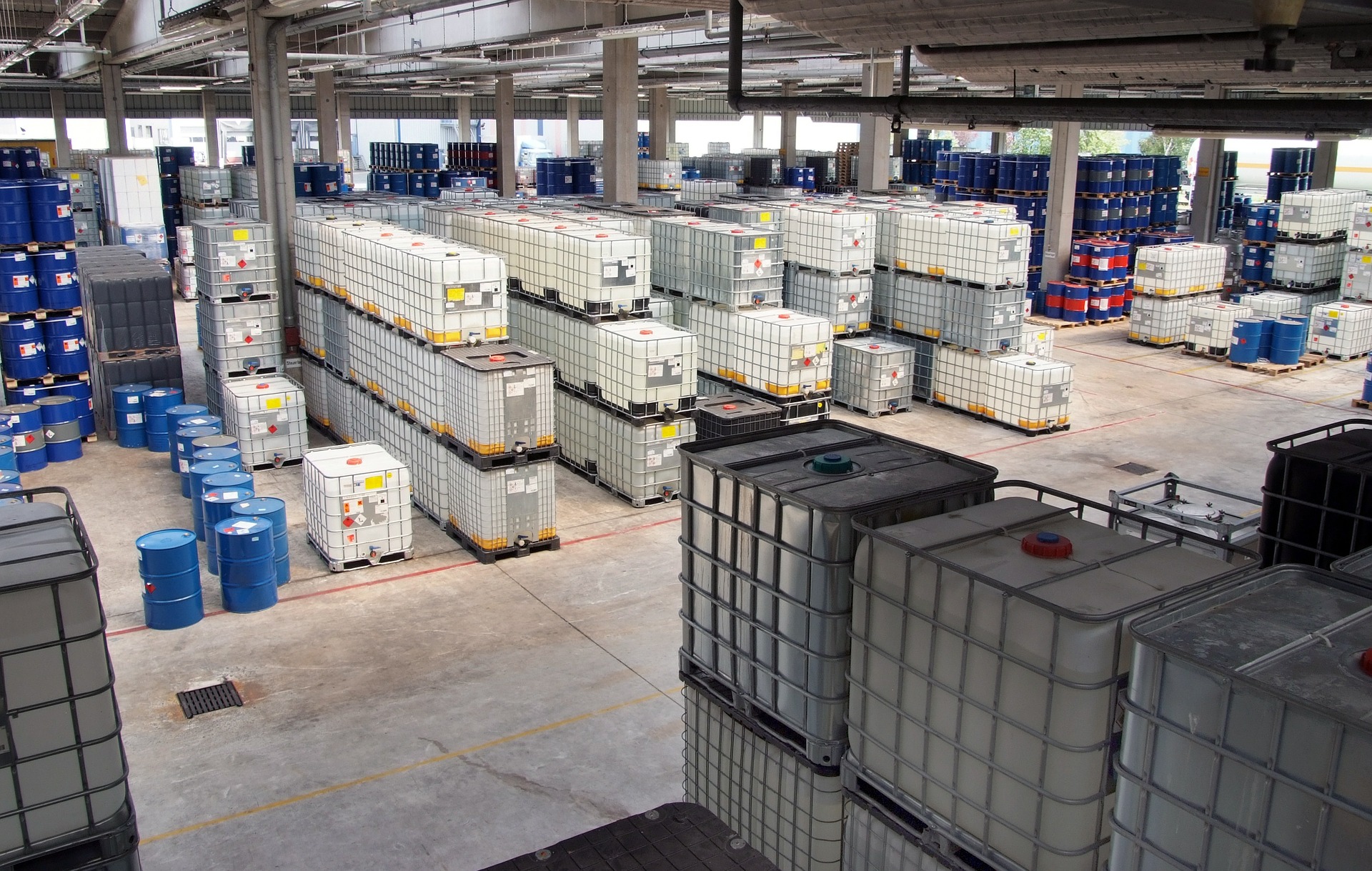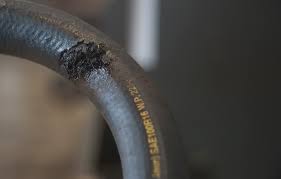
A brewery hose or tube is an important part of your home brewing supplies. Tubing and hoses come in many different shapes and varieties so it is handy to have some basic knowledge of what type of hoses are used in the different parts of the brewing process. Read on to find out more!
What is a Brewery Hose Used For?
Throughout the brewing process, the brew needs to be transferred. There are times during the home brewing process when you can get away with manually pouring the wort or beer, but for the most part. it is best for the liquid to be transferred via hose or tube. Brewery hoses are also used to ensure that your home brew remains safe from contaminants during the brewing process. However, you want to ensure that the type of hose or tube you use doesn’t interfere with the taste of the beer, so it’s extremely important to buy a good quality brewery hose.
Tubing Types
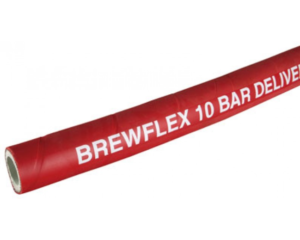
All sorts of materials are used for tubing. Here is a list of the most common brewery hose materials:
– Vinyl Tubing
o Cheapest and most basic (often found in a hardware shop). Some brands are marked as food grade whilst others are not. If you have the choice, always go with food grade.
o Some may hesitate as vinyl tubing is cheap – it’s fine to use as long as it’s at cooler temperatures. Don’t use with hot wort! There is little chance of leaching (tube only used for transferring liquid). Be sure to replace the vinyl tubing if the tube becomes dirty and cannot be cleaned or you notice a plastic-like flavour in your beer.
o Whilst vinyl tubing is cheap and easy to find, it is notorious for curling, so add an extra foot to your tubing to account for this.
– Reinforced Vinyl Tubing
o This is stiffer than plain vinyl tubing and can handle higher temperatures.
o Sometimes reinforced vinyl is used in high pressure and commercial draft beer applications but is not used much use for home brewers.
o For siphoning (way of moving beer without introducing more oxygen or sediment), plain vinyl is recommended.
– Silicone Tubing
o Best for transferring hot wort. When selecting a hose or tube for transferring hot sparge water be very selective!
o Silicone tubing comes in many different shapes and sizes and can handle temperatures of up to 260C. It’s very flexible and doesn’t curl like vinyl tubing can.
– Beverage Tubing
o This is higher-quality vinyl tubing. It has a thicker wall to handle higher pressures of a draft system.
Tubing Size Guide
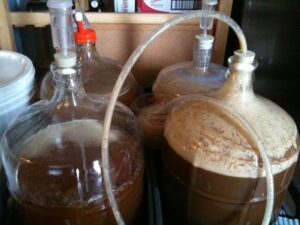
Sizing is primarily driven by what you’re connecting it to, either a metal barb or a plastic piece like the end of a racking cane. Sometimes you get a perfect fit, other times you need a little help. If tubing is too small, try putting the end in very hot water to make it flexible so you can push the tubing onto the barb or racking cane. If tubing is too big then use a clamp – it’s good practice to use a clamp at every tubing connection anyway.
One benefit of using larger tubing is that you can transfer more liquid much quicker. This can be particularly useful when transferring hot liquids between the liquor tank, mash tun, and boil kettle. However, you are more prone to air bubbles if it’s not a great fit. Likewise, smaller tubes take longer to transfer but you get less air bubbles. This is important on the cold side when you don’t want to aerate your beer.
Selecting a brewery hose boils down to hygiene, durability and value. Hose Shop’s Brewers Delivery Hose is an excellent choice of hose for home brewing as it is FDA-approved so it’s safe for beer, water, fruit and wine transportation. Moreover, its rubber compounds are hygienic and make the hose more durable. Allowing you to brew your beer exactly how you intended.




